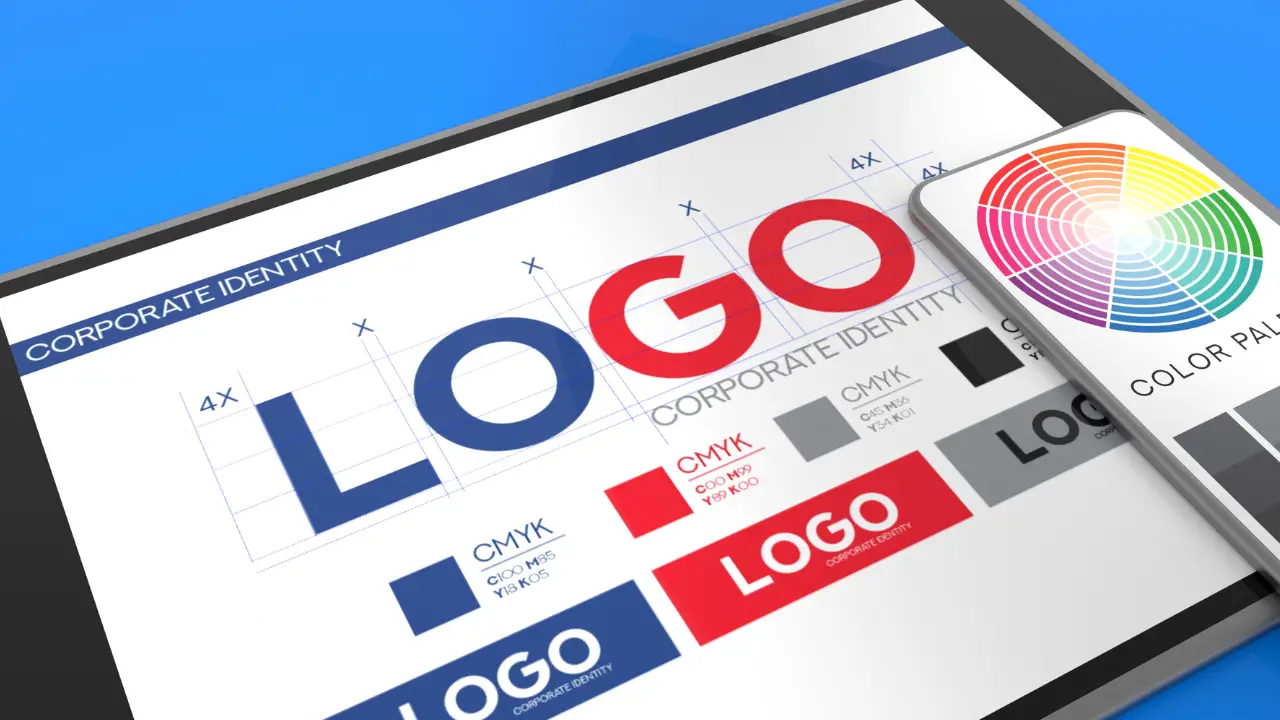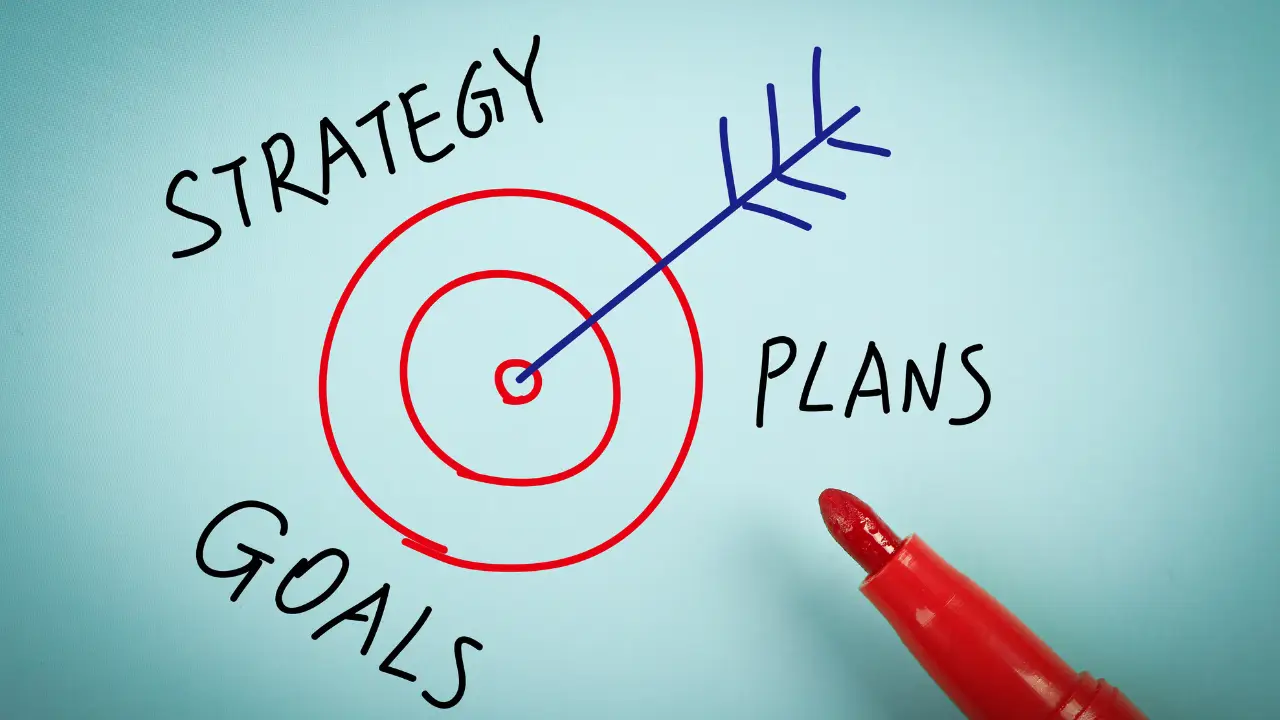Logo Design Terminology: Understanding Industry Lingo
A logo is more than just a pretty graphic. It’s a symbol that represents your company and its values. But with all the different types of logos out there, it can be hard to know where to start.
This guide will teach you the basics of logo design, from standard terms to different types of logos. By the end, you’ll better understand what goes into designing a great logo.
Introduction: what is a logo?
A logo is a graphic mark or symbol to identify a brand, company, product, or other entity. A logo does not have to be literally “logical,” but it should be appropriate and recognizable.
Logos are usually designed with one or more colors and can be either graphical (symbolic) or wordmarks (a logotype). A good logo design should be simple, memorable, and versatile.
There are four main types of logos:
-
Lettermarks: which feature the initials or brand name of the company;
-
Wordmarks: which feature the name of the company;
-
Brand marks: which feature a symbol that represents the brand;
-
Combination marks feature a combination of letter marks, word marks, and brand marks.
Design elements: shapes, colors, fonts
Design elements in logo design include shapes, colors, and fonts. Shapes can be used to create visual interest and convey a message. Colors can set the tone of a logo and attract attention.
Fonts can be used to create a unique voice for a brand. Designing a logo can be overwhelming and confusing, especially if you’re unfamiliar with the industry jargon.
Our logomaker.net is absolutely free of charge. You can create your own logo without paying a single penny to our logo maker. To help you out, we’ve compiled a list of standard logo design terms and their definitions. Hopefully, this will make the process a little less daunting and give you a better understanding of what to expect.
Types of logos: wordmarks, pictorial marks, abstract marks
-
There are three types of logos: wordmarks, pictorial marks, and abstract marks.
-
A wordmark is simply a company name written in a specific font. An example of a wordmark is McDonald’s golden arches.
-
A pictorial mark uses an image to represent a company. The Nike swoosh is an example of a pictorial mark.
-
An abstract mark is an icon that represents a company without using the company’s name or initials. FedEx’s logo is an example of an abstract mark.
Design process: brainstorming, sketching, digitizing
Designers use a variety of methods to come up with concepts for their clients’ logos. Brainstorming is one way to generate ideas on your own or with a group.
Sketching is another popular method, especially for designers who prefer to work with pen and paper instead of on the computer. Digitizing is converting a sketch into a digital file that can be used for print or web design.
Conclusion
When choosing the right logo design for your business, there are a few things you need to consider. First and foremost, you must ensure that your logo is unique and speaks to your brand.
It’s also essential to make sure your logo is scalable so it can be used across various platforms and mediums. And finally, you want to ensure that your logo is timeless to stand the test of time.
There are a lot of factors to consider when choosing the right logo design for your business. But if you keep these three things in mind, you’ll be well to finding a logo that perfectly represents your brand.














